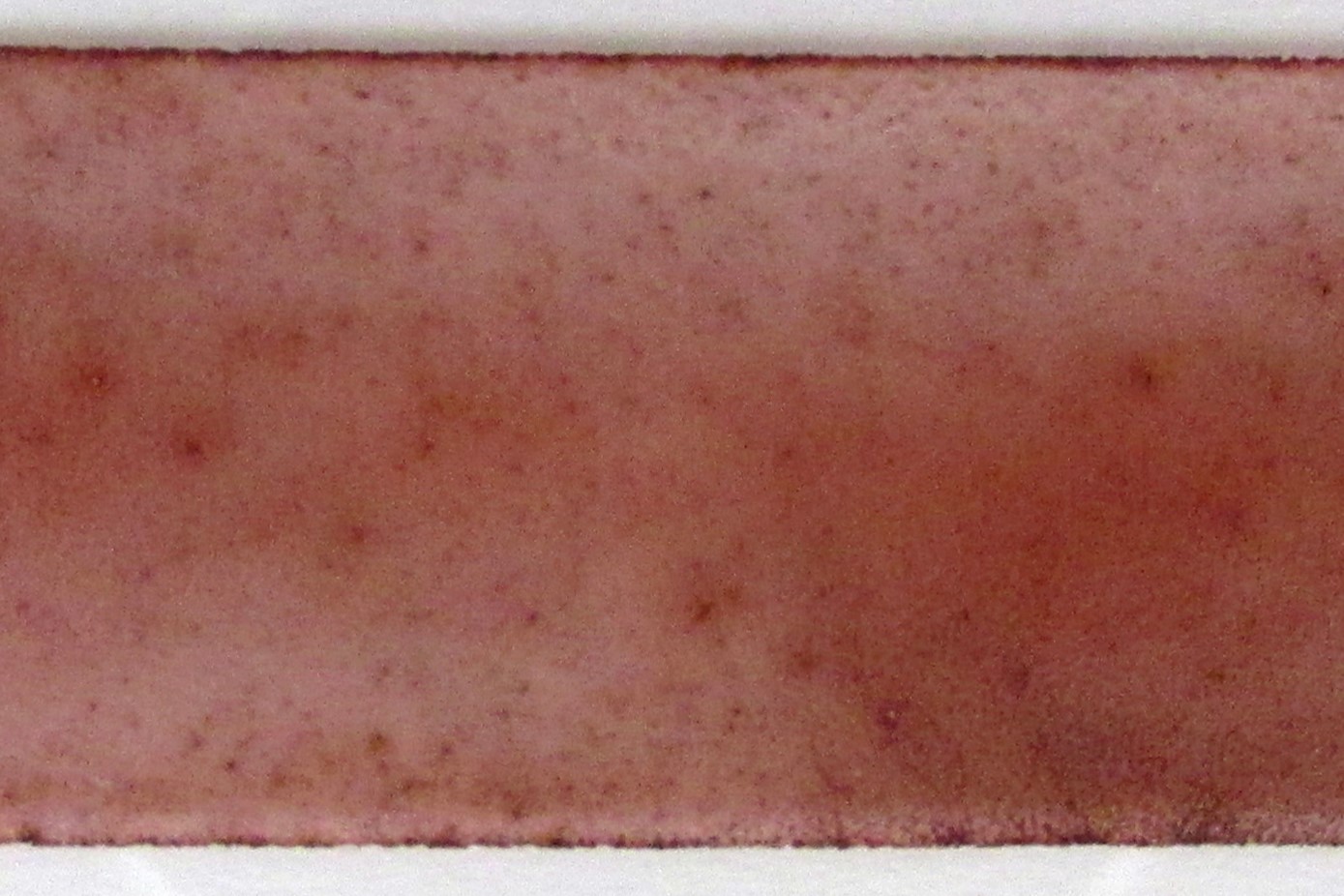Properties & Qualities
Application
Art Sample making
Qualities
2D Colourful Translucent
Colour
Red
Sample Information
Date of creation
September 6th, 2019
Process & Production
The ingredients called for were iron rust (Fe2O3·nH2O), sodium chloride (NaCl), and sulphur (S), mixed together in the proportion of 2:2:1 by wt. Wine vinegar (CH3COOH) was to be added until a paste was formed. The mixture was made according to the recipe, and then fired in an electric furnace for eight days at 600°C (red fire). It was surmised that adding vinegar created an acid environment to facilitate the oxidation reaction of rust impurities such as magnetite (Fe3O4) toobtain haematite (Fe2O3). Then the powder was grinded and painted on glass with gum Arabic dissolved in vinegar.
Find more at:
Â. Santos, M. Vilarigues (2019). Sanguine Paint: Production, Characterization, and Adhesion to the Glass Substrate. Studies in Conservation 64, 4, 221-239.
Recipe Details
Ingredients:
iron rust (Fe2O3·nH2O), sodium chloride (NaCl), sulphur (S), vinegar (CH3COOH), gum Arabic. Recipe Source: Sanguine reconstruction of a recipe number 58 by Montpellier (“Recette per fare vetri colorati et smalti d’ogni sorte havute in Murano”, 1536) in Luigi Zecchin’s “Vetro e Vetrai di Murano” (1987, 247–76).
Credits
Craft Maker
Ângela Santo
Library Contributor
Ângela Santos, FCT-NOVA, VICARTE
Photographer
Ângela Santos












